Baani Leen Kaur Jolly
Psychometric Analysis and Coupling of Emotions Between State Bulletins and Twitter in India during COVID-19 Infodemic
May 13, 2020
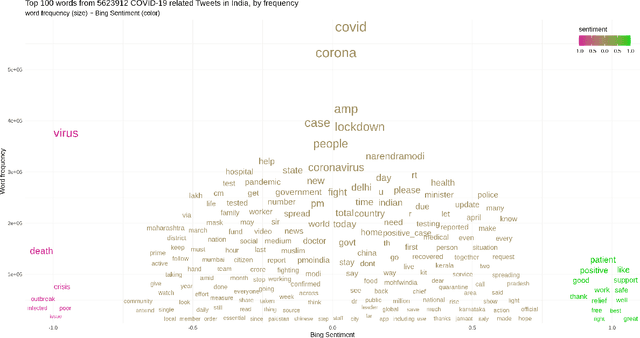
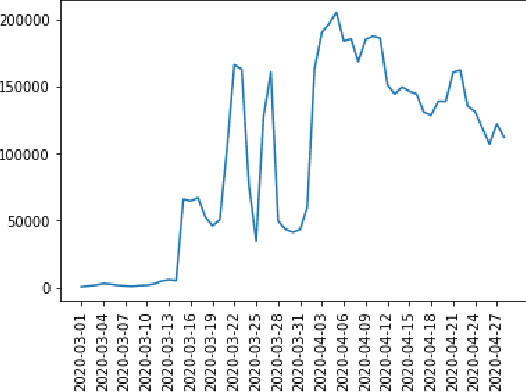
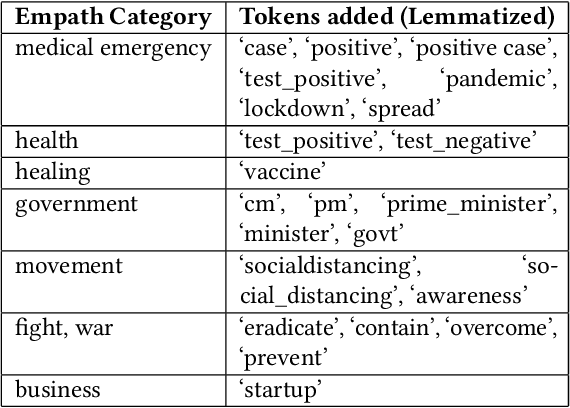
Abstract:COVID-19 infodemic has been spreading faster than the pandemic itself. The misinformation riding upon the infodemic wave poses a major threat to people's health and governance systems. Since social media is the largest source of information, managing the infodemic not only requires mitigating of misinformation but also an early understanding of psychological patterns resulting from it. During the COVID-19 crisis, Twitter alone has seen a sharp 45% increase in the usage of its curated events page, and a 30% increase in its direct messaging usage, since March 6th 2020. In this study, we analyze the psychometric impact and coupling of the COVID-19 infodemic with the official bulletins related to COVID-19 at the national and state level in India. We look at these two sources with a psycho-linguistic lens of emotions and quantified the extent and coupling between the two. We modified path, a deep skip-gram based open-sourced lexicon builder for effective capture of health-related emotions. We were then able to capture the time-evolution of health-related emotions in social media and official bulletins. An analysis of lead-lag relationships between the time series of extracted emotions from official bulletins and social media using Granger's causality showed that state bulletins were leading the social media for some emotions such as Medical Emergency. Further insights that are potentially relevant for the policymaker and the communicators actively engaged in mitigating misinformation are also discussed. Our paper also introduces CoronaIndiaDataset2, the first social media based COVID-19 dataset at national and state levels from India with over 5.6 million national and 2.6 million state-level tweets. Finally, we present our findings as COVibes, an interactive web application capturing psychometric insights captured upon the CoronaIndiaDataset, both at a national and state level.
Universal EEG Encoder for Learning Diverse Intelligent Tasks
Nov 26, 2019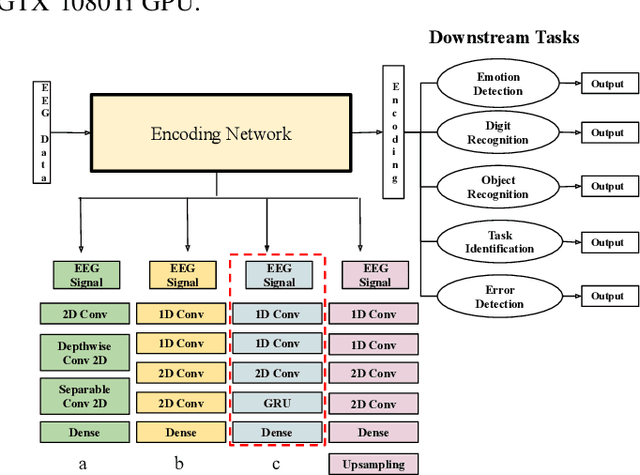
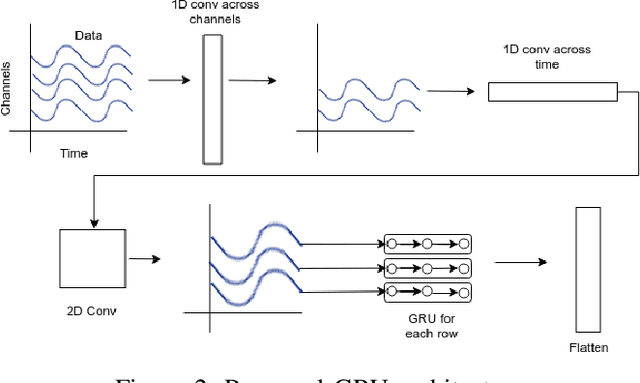
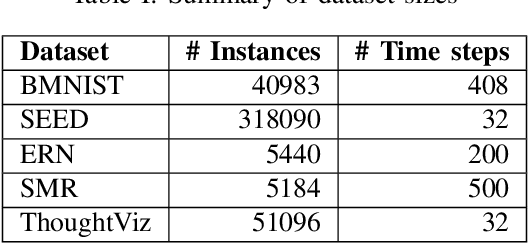

Abstract:Brain Computer Interfaces (BCI) have become very popular with Electroencephalography (EEG) being one of the most commonly used signal acquisition techniques. A major challenge in BCI studies is the individualistic analysis required for each task. Thus, task-specific feature extraction and classification are performed, which fails to generalize to other tasks with similar time-series EEG input data. To this end, we design a GRU-based universal deep encoding architecture to extract meaningful features from publicly available datasets for five diverse EEG-based classification tasks. Our network can generate task and format-independent data representation and outperform the state of the art EEGNet architecture on most experiments. We also compare our results with CNN-based, and Autoencoder networks, in turn performing local, spatial, temporal and unsupervised analysis on the data.
 Add to Chrome
Add to Chrome Add to Firefox
Add to Firefox Add to Edge
Add to Edge